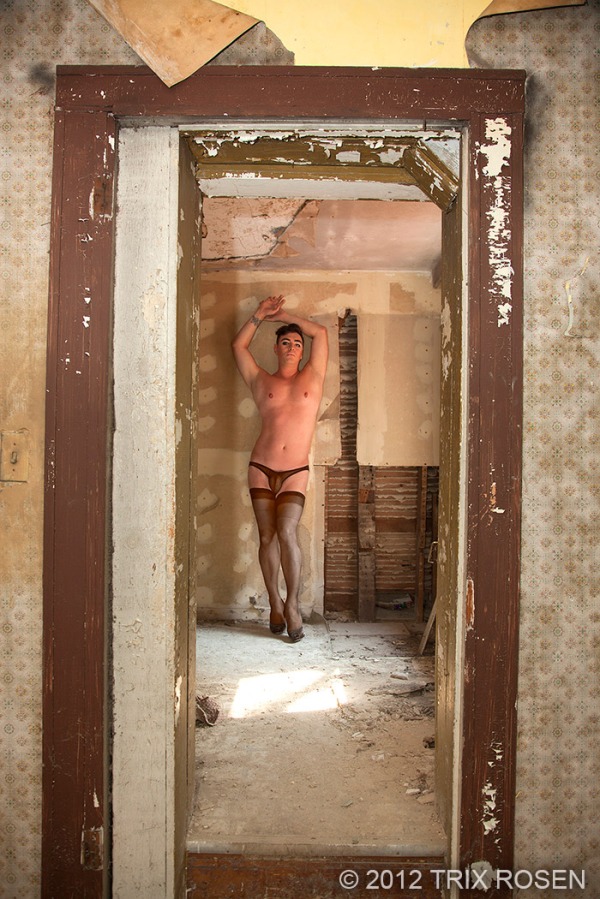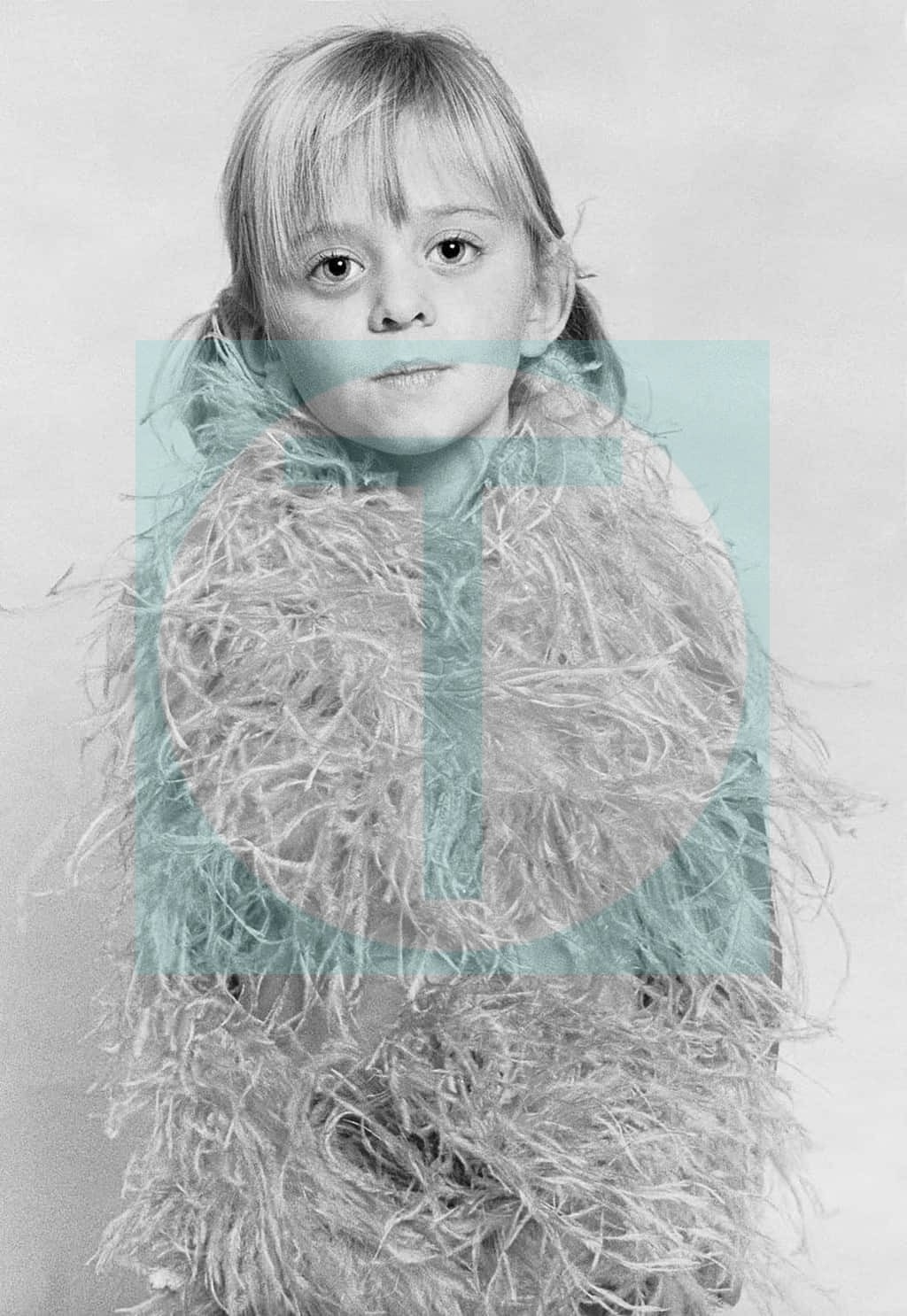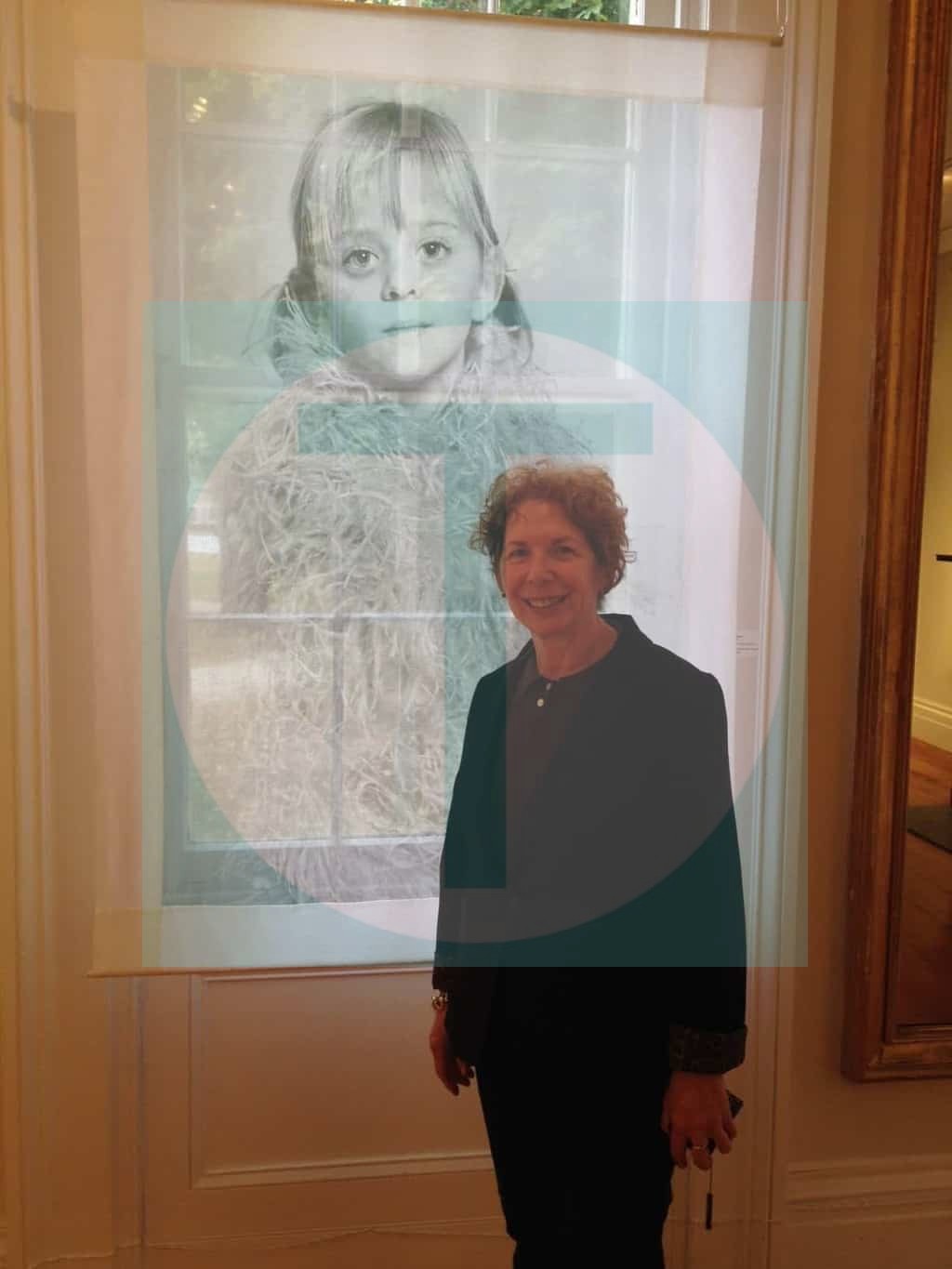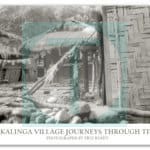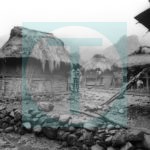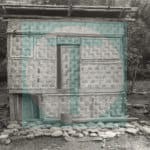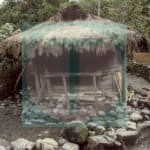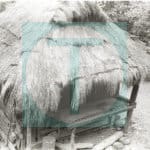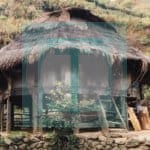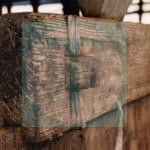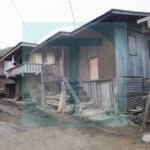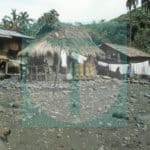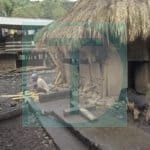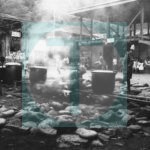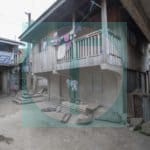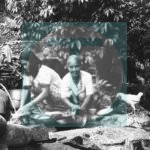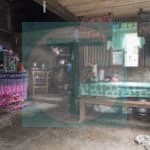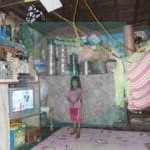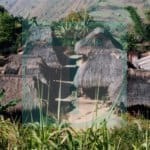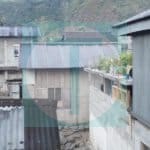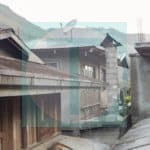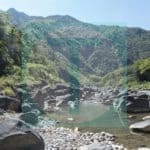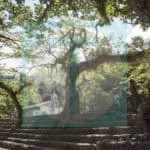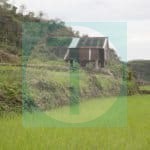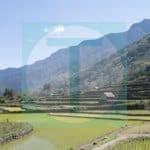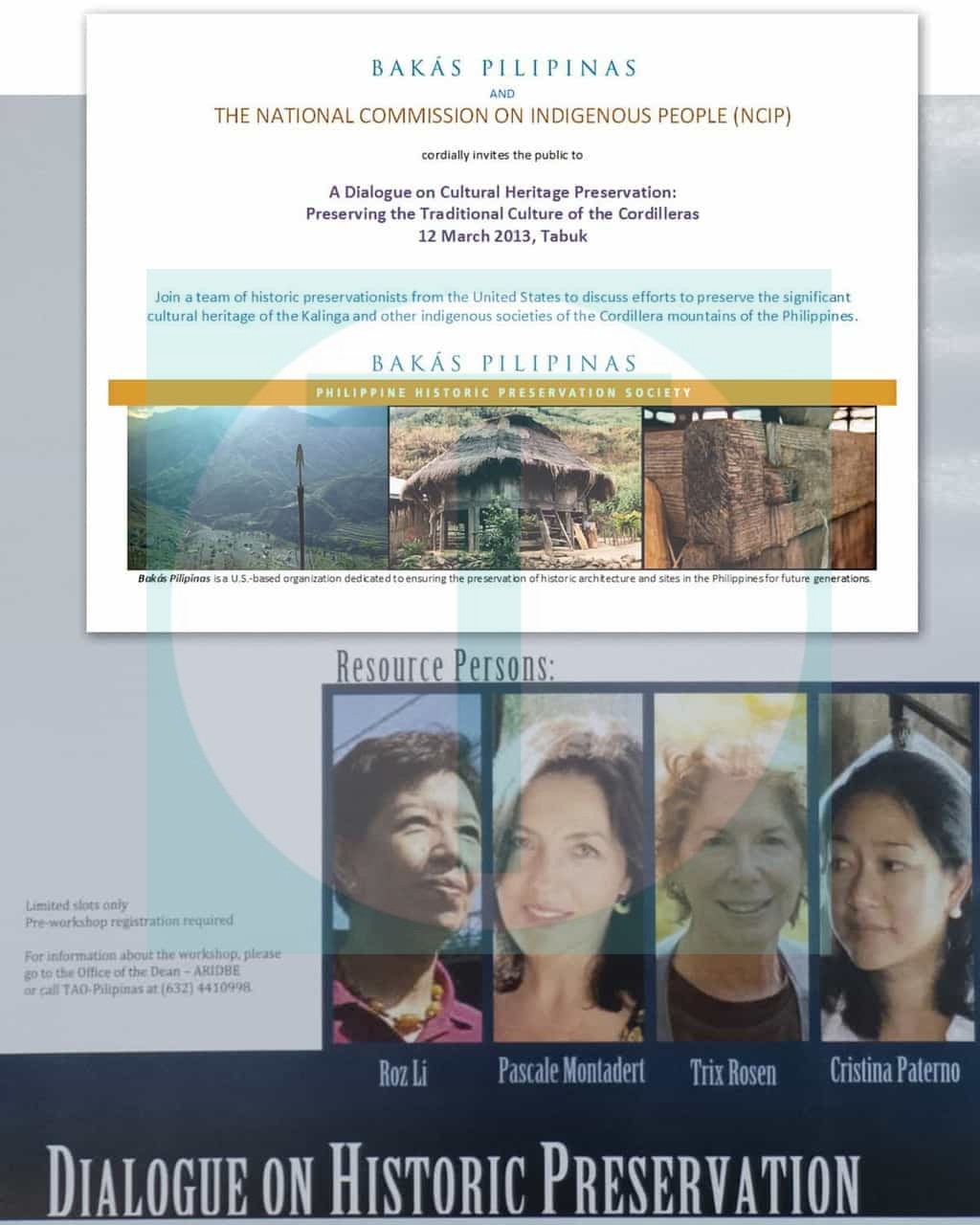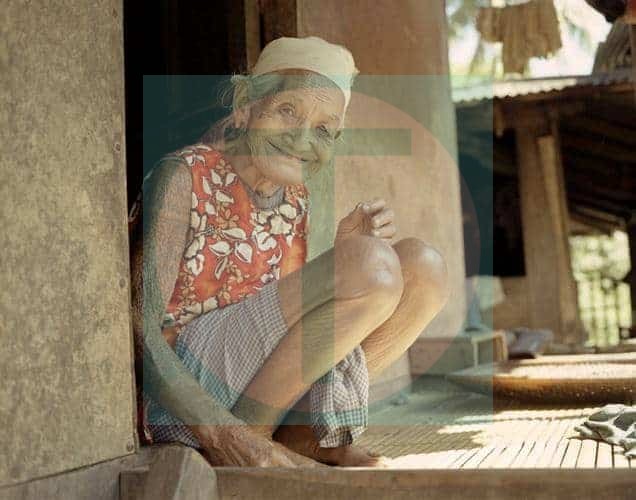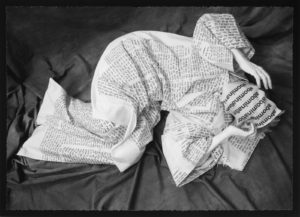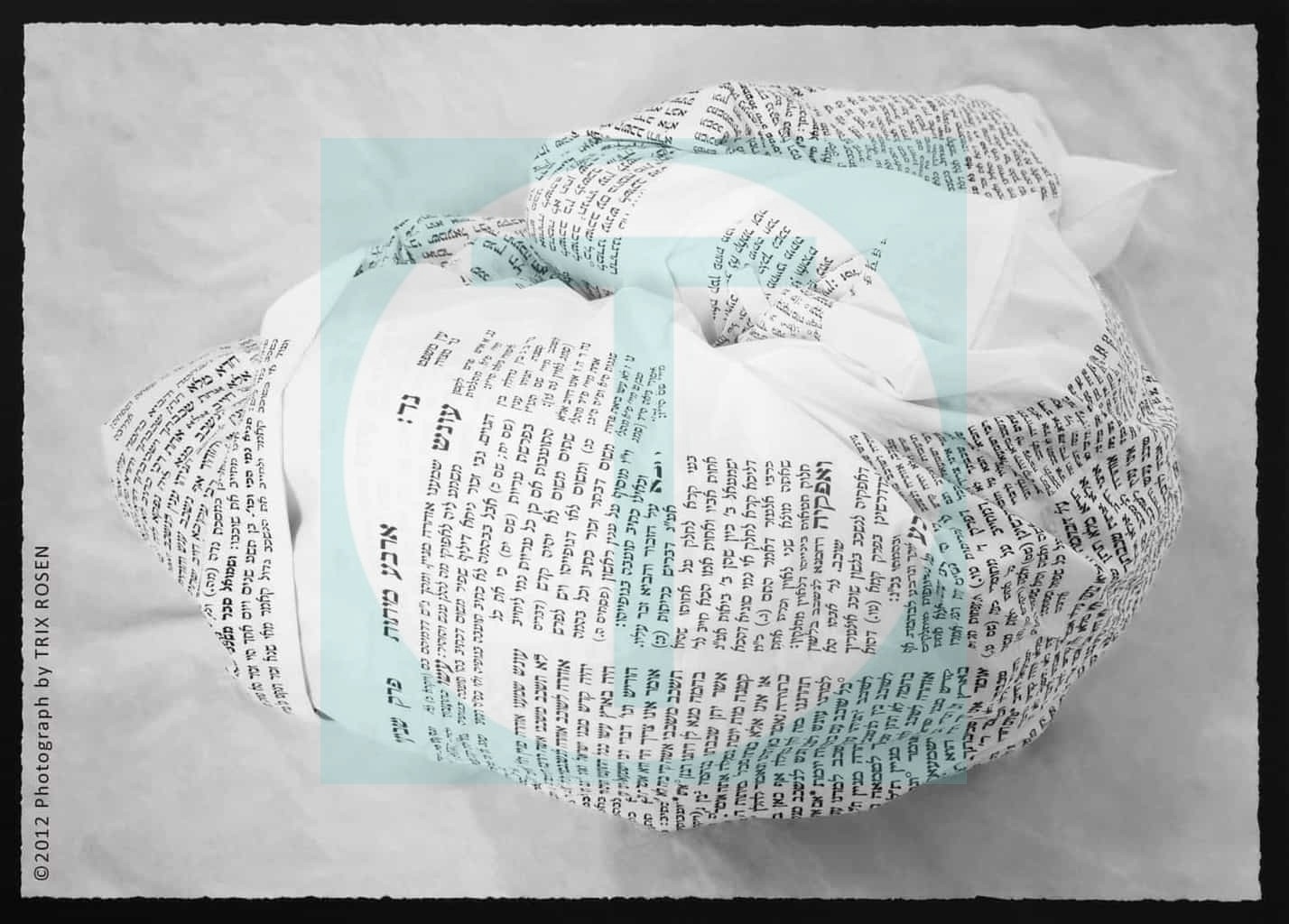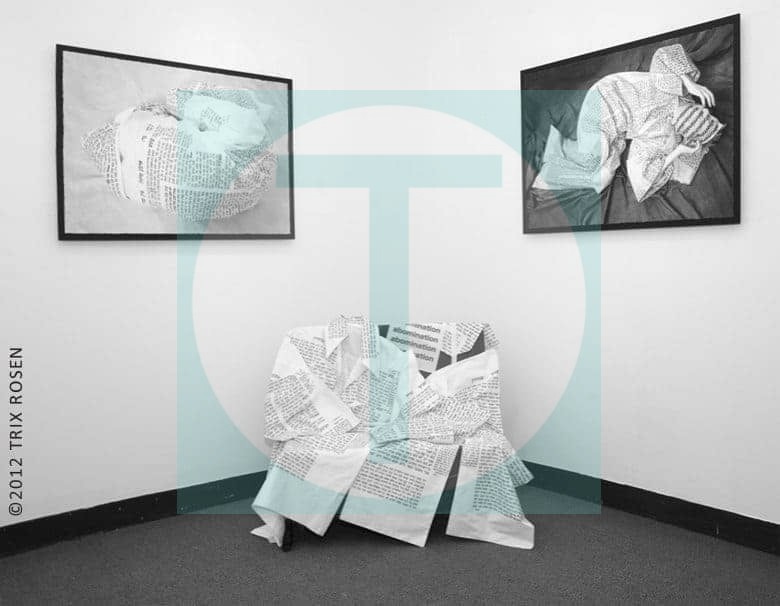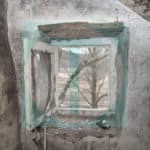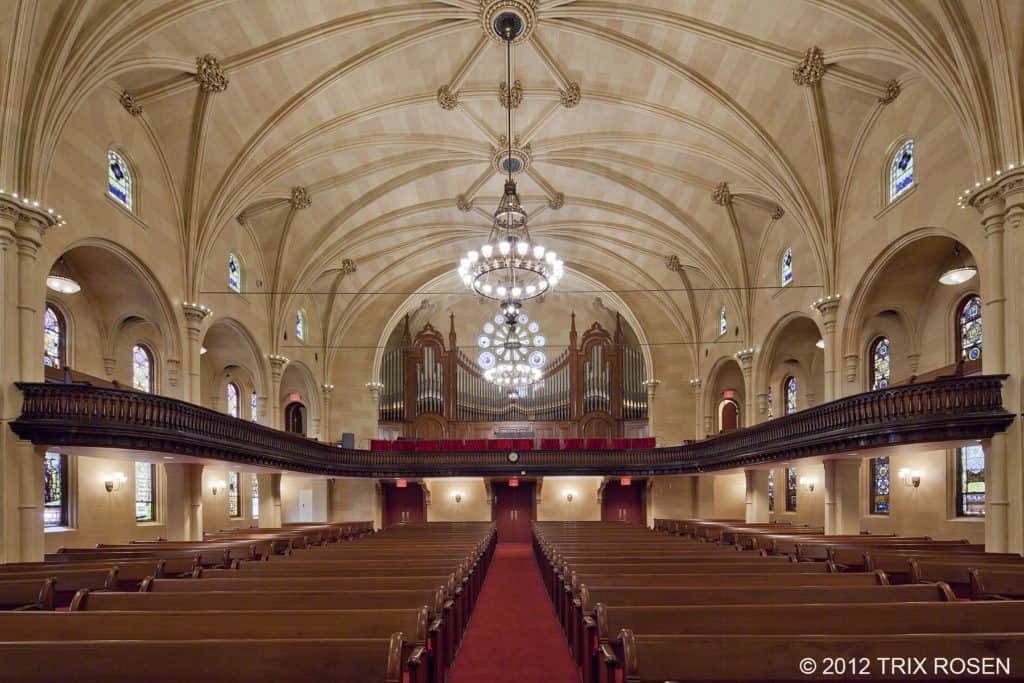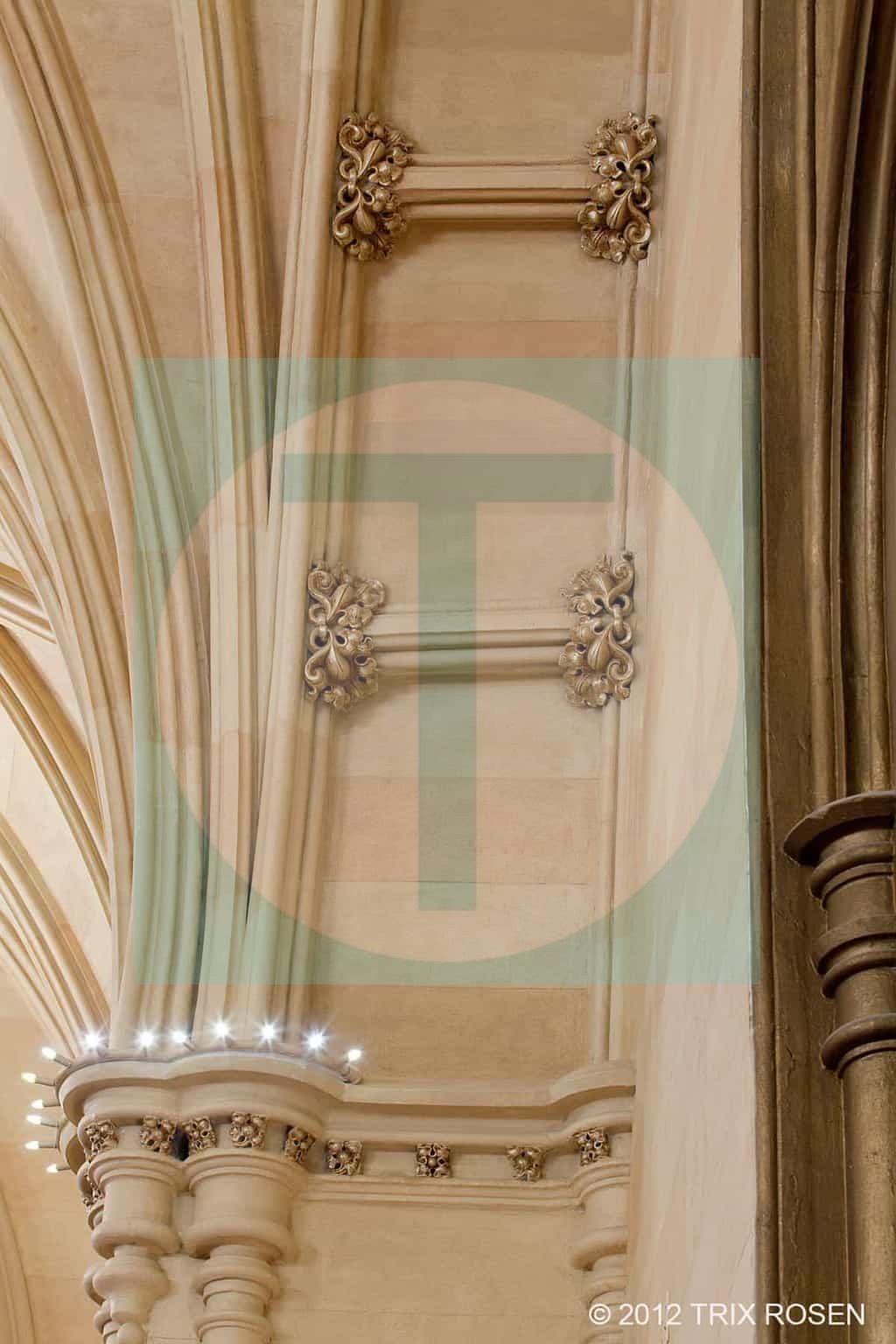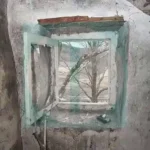Opening Reception: Sunday, January 26, 2014, 2:00-5:00 pm
Montclair State University – George Segal Gallery, Montclair NJ 07043
I can thank my parents for January being the month of my birth and Curator Marilyn Symmes for choosing two of my images, Peeling Back the Layers and Endangered Oakley Stoll House, to be in ‘ART Connections 10’ at the George Segal Gallery, Montclair State University in NJ. This marks the first exhibition that represents my gender in fine art photography along with my architectural series of endangered houses. Both images record historical moments, measured not as isolated fragments of time, but as tangible and intangible exposures, revealing the narrative arc of my subject’s life/capturing past, recording present, and projecting into the future.
Peeling Back the Layers. Montague NJ, 2012, 27H x 18W inches,
Framed 31H x 23W inches, Fine Art Digital Inkjet Paper with Archival Pigmented Inks

Endangered Oakley Stoll House. Walpack Twp. NJ, 2012, 27H x 18W inches,
Framed 31H x 23W inches, Fine Art Digital Inkjet Paper with Archival Pigmented Inks
For Peeling Back the Layers, gender performance artist Fred Koenig, clad only in panties, stockings, and high heels, is framed by the antique peeling wallpaper and decaying wood molding of the historic Hornbeck/Roberts House in Montague, NJ. Owned by the National Park Service, this eighteenth-century farmhouse,e along with the Endangered Oakley Stoll House, is located within the Delaware Water Gap National Recreation Area and listed on the National Register of Historic Places. These historically important houses are now sadly vandalized and trashed.
Whether I shoot a portrait or an endangered architectural site, what haunts me is finding the essence of the visible and invisible timeline. I look for the quintessential moment that can be revealed in the stillness of a decaying wall or in the expression of gender duality. Perhaps both Fred’s openly exposed gesture and these two endangered houses lay bare a beautiful and similar vulnerability.
ART Connections 10
Montclair State University – George Segal Gallery
1 Normal Avenue, Montclair, NJ 07043
Gallery Hours: T, W, F, Sat 10:00 – 5:00 pm & Thurs 12:30 – 7:30 pm
Opening Reception: Sunday, January 26, 2014, 2:00-500 pm
Exhibition Dates: January 26- February 22, 2014
